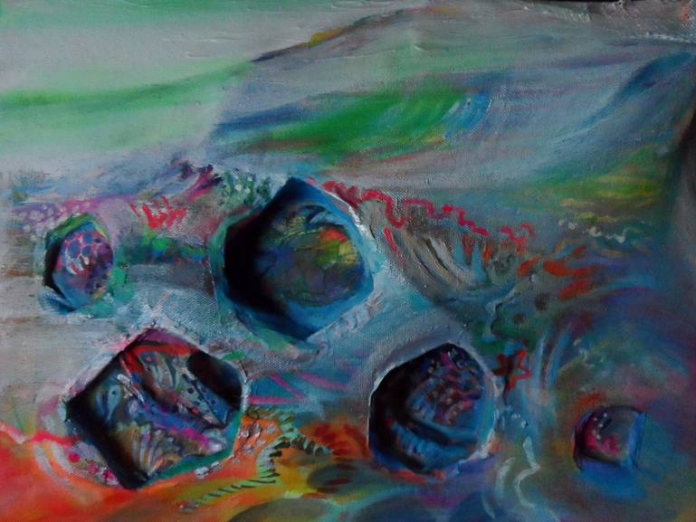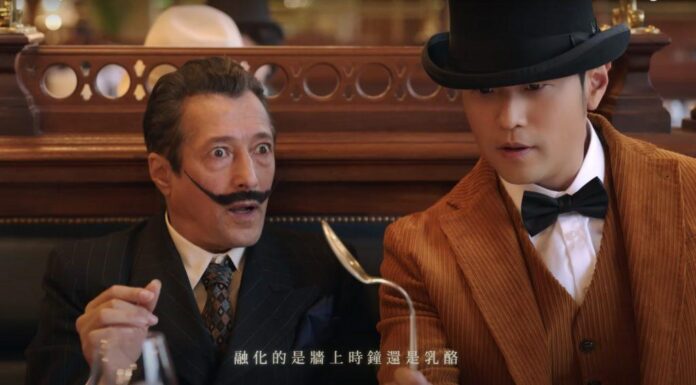As Artnet News wrote: “Climate is important in artwork because art has a style of learning of the global discussion because it can send a message in different forms. Particularly, climate change art has been practiced to adapt scientific information easier to people and to show people’s worries. Some analysis shows that climate change art is not especially powerful in improving people’s opinions, although pictures with “hopeful” information present for people’s ideas about change.”
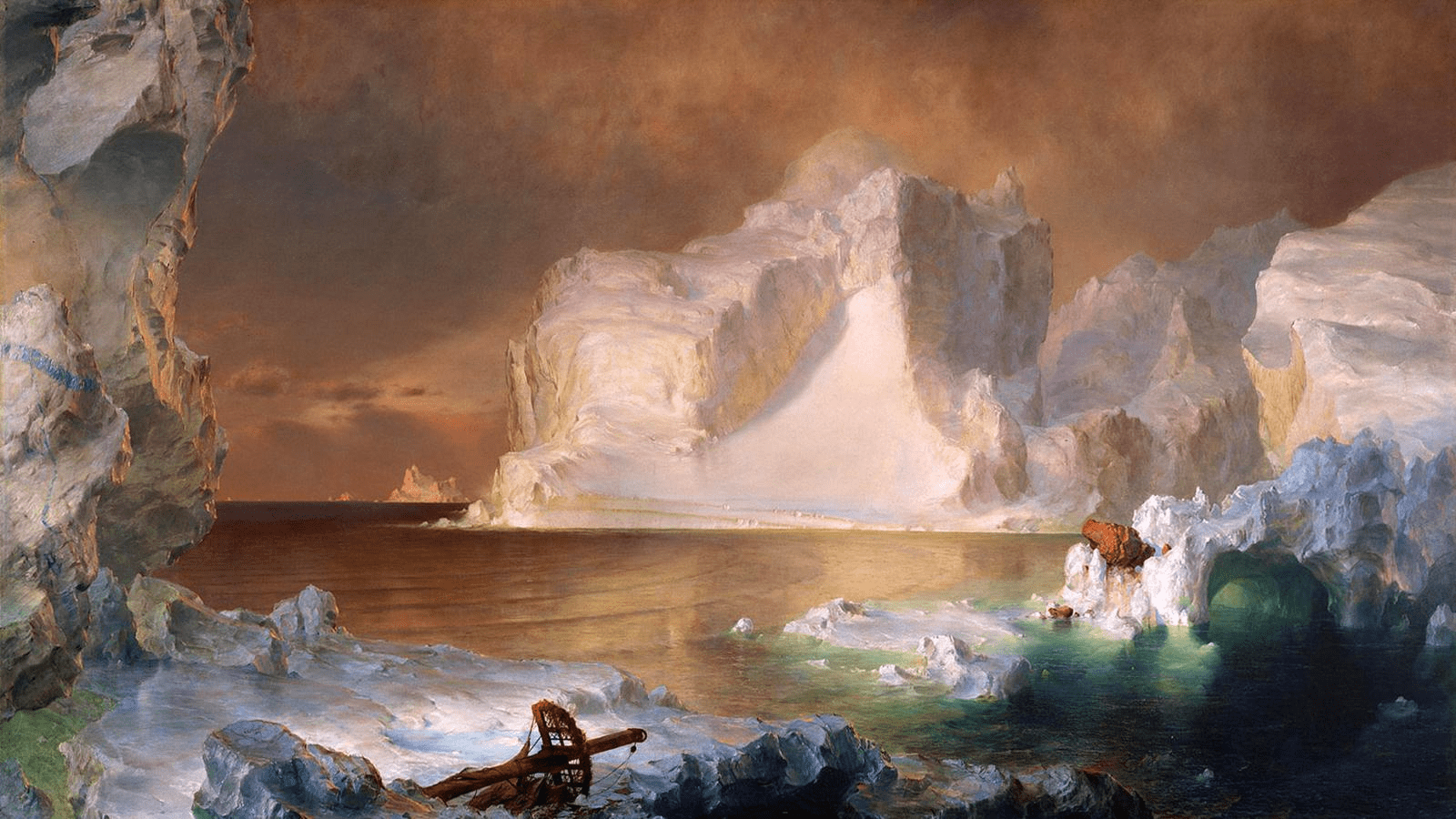
“The Icebergs”, Frederic Edwin Church
Church’s great painting “The Icebergs” was shown in a display in New York in 1861, only 12 days after the American Civil War was begun. Its first and more politically contain the name (The North) showed the people’s opinion about the Arctic and on the ice itself. It was divine, indomitable. The icebergs’ acute features gave no opposition. Before the picture was shown in London two years later, the artist added a cracked mast that dominated the focus of the view, a hint of mankind’s frailty.

“Ice Watch”, Olafur Eliasson
“Ice Watch”, it’s the installation by Danish artist Olafur Eliasson, in which more than two dozen pieces that had already been missed from Greenland’s ice layer were situated in London and left to thaw for passersby reminding of the melting, delicate Arctic.
In Church’s past, the greenhouse effect had barely been proposed by explorers such as Eunice Newton Foote and John Tyndall, who coincidentally visited the picture’s show party in London. In 2020, we are sure we are actually melting the planet’s ice.
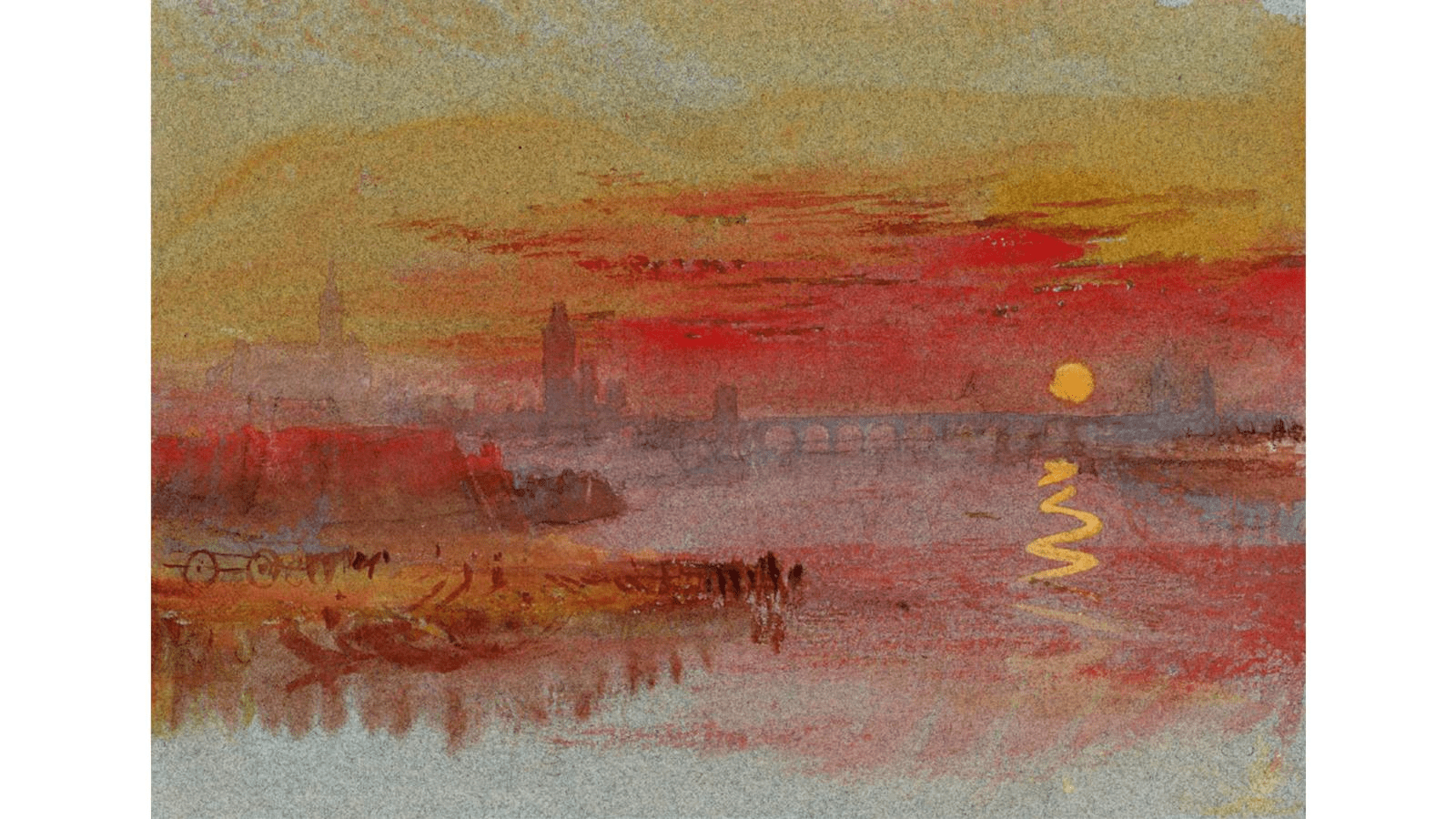
“The Scarlet Sunset”, JMW Turner
Similarly, scientists from Greece and other countries introduced in a 2014 research that the colors of sunsets drawn by popular artists can be used to evaluate pollution degrees in the Earth’s atmosphere for the past five centuries.
“Nature talks to the souls and minds of famous artists”- said researcher Christos Zerefos. “But we have discovered that, when painting sunsets, it is the process their heads understand greens and reds that include significant environmental message.”
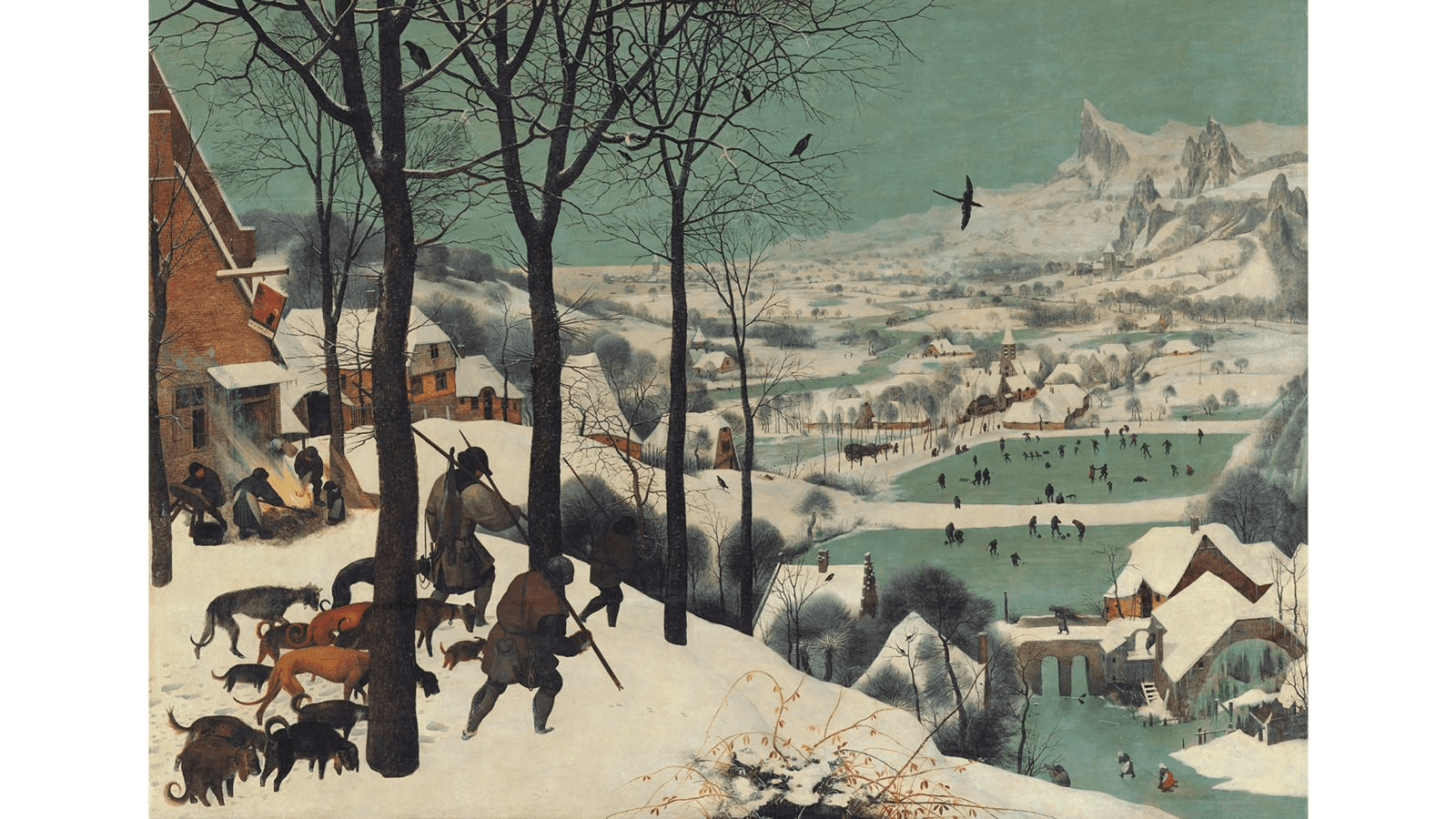
“The Hunters in the Snow”, Bruegel
Before the 1500s there are fewer episodes of snowy paintings in Western European art. The lower temperatures during the so-called Little Ice Age fell European painters like Pieter Bruegel the Elder into a fresh part of landscape art: the winter landscape.
This genre introduces pictures such as Bruegel’s “The Hunters in the Snow”, in 1565 oil-on-wood detailed description of a pleasant winter view. But beyond the snow, it’s the tiny aspects that show the cultural and human dimensions of how people were existing with the concept of changes in their environment.
Art gives a window into our past, present, and future environment that science alone can never introduce, exactly because it shows our disappointments, hopes, and fears about nature.






